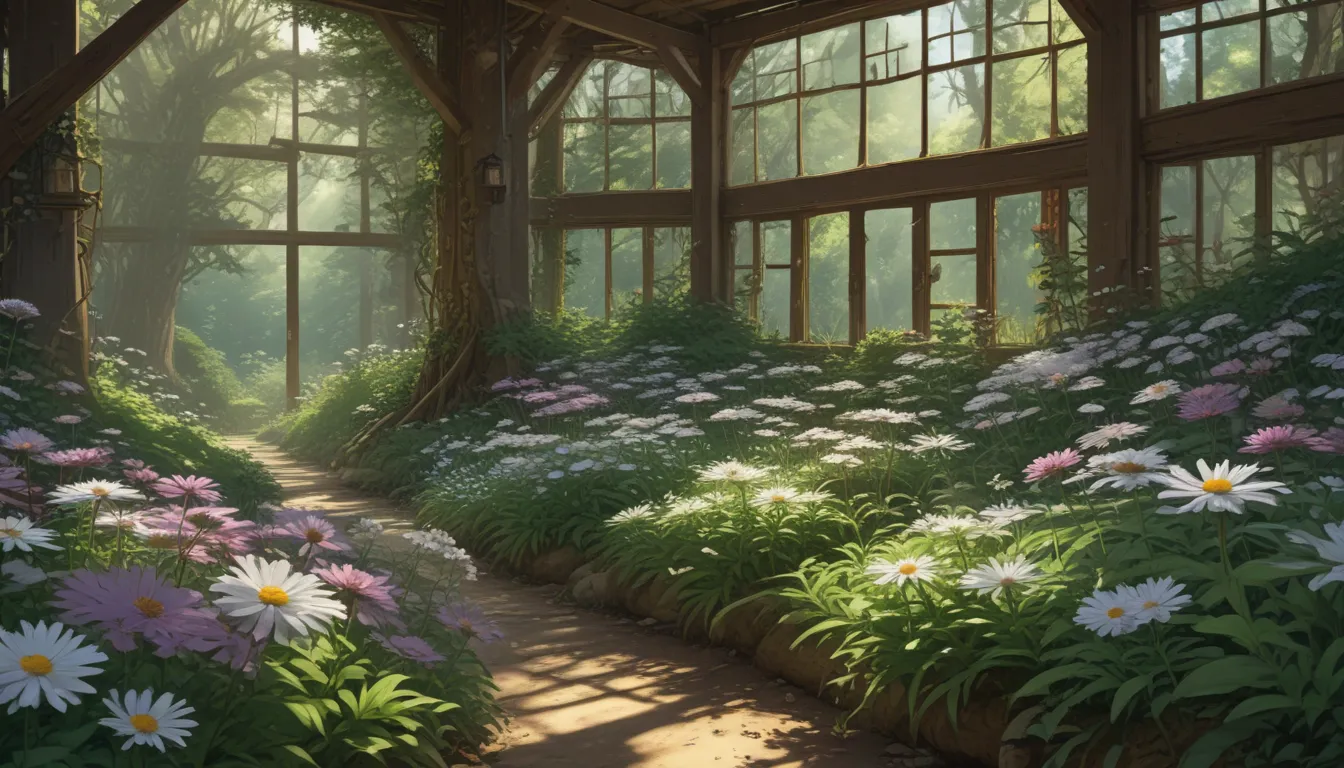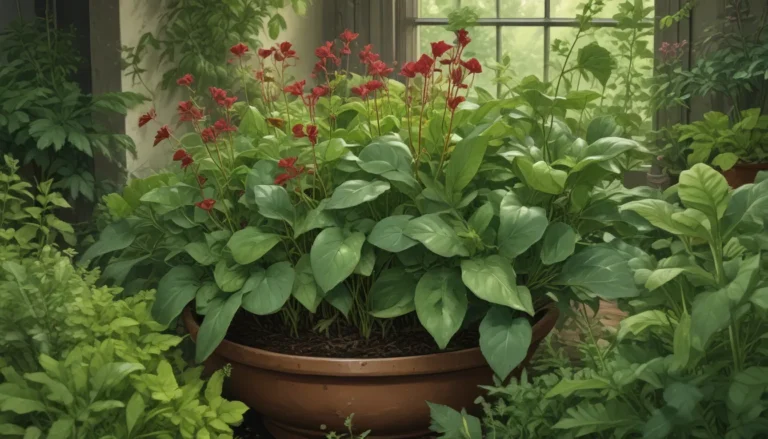The Comprehensive Guide to Growing and Caring for White Wood Asters

Are you looking to add a touch of wild beauty to your garden? Look no further than white wood asters, also known as Eurybia divaricata. These native perennials, part of the Asteraceae family, bring delicate white blossoms and a natural charm to woodland settings.
Here, we’ll dive deep into everything you need to know about growing and caring for white wood asters. From cultivation to maintenance, we’ve got you covered. So, grab your gardening gloves and let’s get started!
What Are White Wood Asters?
White wood asters are herbaceous perennial wildflowers characterized by their upright, mounding growth habit. With distinctive heart-shaped green leaves and tiny white blossoms, these plants add a touch of elegance to any garden.
- Plant Type: Herbaceous flowering perennial
- Flower / Foliage Color: White/green
- Native to: Eastern North America
- Maintenance: Low to moderate
The delicate florets, measuring less than an inch across, sit atop crooked stems, creating a stunning display. These plants spread easily through rhizomes and self-sown seeds, making them a favorite for naturalistic settings.
Cultivation and History
White wood asters thrive in USDA Hardiness Zones 3 to 8, making them ideal for a wide range of climates. With a history rooted in traditional Native American medicine, these plants have long been valued for their medicinal and ornamental qualities.
- Hardiness (USDA Zone): 3-8
- Tolerance: Deer, deep shade, drought, dry/rocky soil
When it comes to cultivation, white wood asters prefer partially to fully shaded areas with well-draining soil. These plants are low-maintenance and exhibit above-average tolerance to deer, drought, and rocky soil conditions.
Propagation
To propagate white wood asters, you have several options, including seeds, stem cuttings, or divisions. When transplanting, ensure you replicate the original depth of the plants to promote healthy growth.
- Spacing: 15-18 inches (seed); 18-30 inches (transplants)
- Water Needs: Low to moderate
Watering is crucial during the establishment phase, with plants requiring around an inch of water per week. Additionally, applying a slow-release fertilizer can help promote strong root development.
How to Grow
Once you have your plants, seeds, or cuttings ready, it’s time to plant your white wood asters. Choose a partially shaded spot with well-draining soil and prepare the ground thoroughly before planting.
- Exposure: Part to full shade
- Soil pH: 6.8-7.2
Remember to space your plants generously to avoid overcrowding and provide adequate airflow. Maintaining even moisture throughout the growing season is essential for healthy plant development.
Growing Tips
Here are some tips to ensure your white wood asters thrive in your garden:
- Note the depth of planting for each type of propagation method.
- Space plants generously to prevent overcrowding.
- Apply fertilizer at planting time and to seedlings once they have established.
- Maintain even moisture levels to support healthy root growth.
By following these simple steps, you can ensure your white wood asters flourish and bloom beautifully.
Pruning and Maintenance
Regular maintenance is key to keeping your white wood asters healthy and vibrant. Pruning the foliage in early summer can help promote compact growth and reduce the need for staking.
- Height: 12-36 inches
- Spread: 18-30 inches
Removing any diseased or pest-infested foliage is essential to prevent the spread of issues. Additionally, applying a slow-release fertilizer in the spring can give your plants a healthy start to the growing season.
Cultivars to Select
In addition to the botanical species E. divaricata, there are several cultivated varieties or nativars available. These varieties offer unique characteristics and can add diversity to your garden.
- Common Pests and Diseases: Slugs; Fusarium wilt, powdery mildew
- Species: Divaricata
When selecting cultivars, ensure you source them from reputable native plant nurseries to support conservation efforts and avoid disrupting natural ecosystems.
Managing Pests and Disease
While white wood asters are relatively resilient, they can still fall victim to pests and diseases, particularly in dense or poorly drained conditions. Keeping plants spaced adequately and promoting good airflow can help prevent issues.
- Attracts: Native bees and butterflies, songbirds, other wildlife
Common pests like slugs and snails can be deterred by keeping the foliage dry and free of debris. Additionally, monitoring for signs of fungal diseases can help prevent widespread issues.
Best Uses
White wood asters are versatile plants that can be used in a variety of garden settings. From woodland gardens to butterfly habitats, these plants bring beauty and biodiversity to any landscape.
- Uses: Butterfly garden, informal hedge, mass planting, naturalized planting, shade garden, native plant garden, woodland settings
By incorporating white wood asters into your garden, you can create a vibrant and sustainable ecosystem that supports local wildlife and adds a touch of wild beauty to your outdoor space.
Quick Reference Growing Guide
For easy reference, here’s a quick guide to growing and caring for white wood asters:
- Temperature: USDA Hardiness Zones 3-8
- Soil Type: Well-draining, average soil
- Bloom Time: Late summer to fall
- Height: 12-36 inches
- Spread: 18-30 inches
By following these guidelines and tips, you can successfully cultivate white wood asters in your garden and enjoy their beauty for years to come.
Take a Walk on the Wild Side
Adding white wood asters to your garden is like taking a walk on the wild side. These delicate flowers bring a touch of nature’s beauty to any landscape and support local wildlife in the process.
So, if you’re ready to embrace the wild and introduce these stunning plants to your garden, now is the perfect time. With the right care and attention, you can enjoy the beauty of white wood asters for seasons to come.
By incorporating valuable information, practical tips, and a conversational tone, this rewritten article aims to provide readers with a comprehensive guide to growing and caring for white wood asters. With a focus on education and readability, this revised version offers an in-depth exploration of these native perennials, ensuring that readers are equipped with the knowledge they need to cultivate these beautiful plants successfully.





